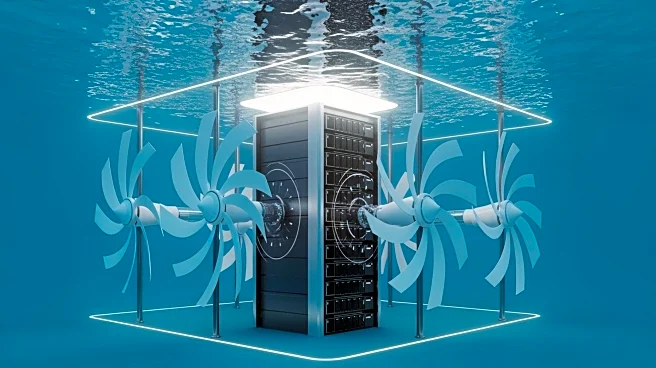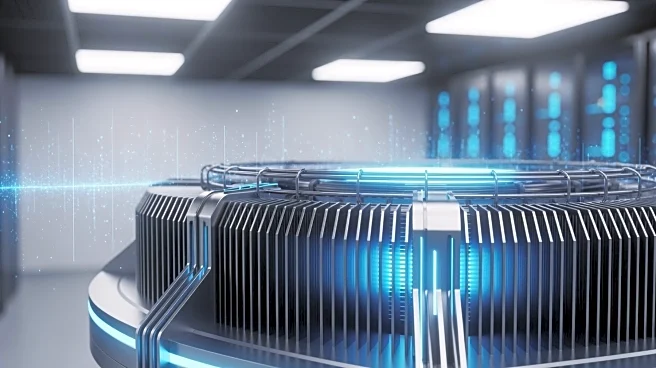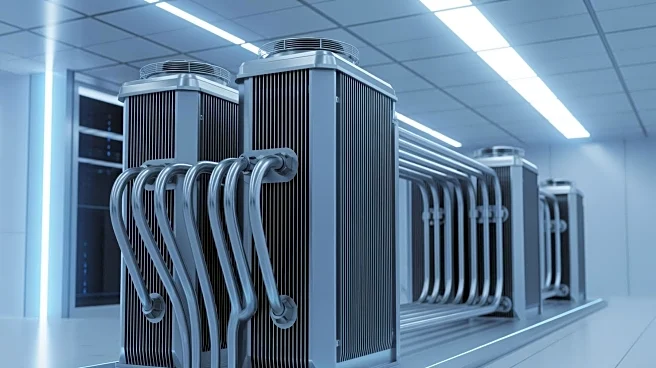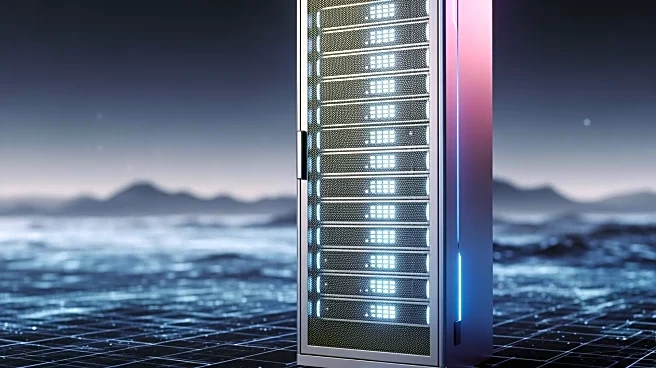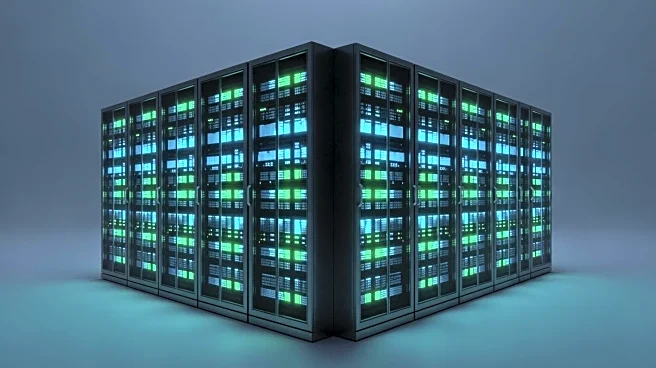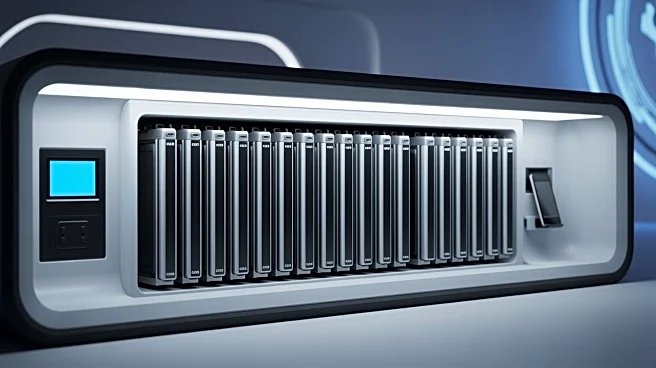What's Happening?
HiCloud, a division of the Chinese company Highlander, has launched what is claimed to be the world's first wind-powered underwater data centre. This innovative facility is located off the coast of Shanghai
and connects servers directly to an offshore wind farm. The demonstration project marks the initial phase of HiCloud's plan to expand its subsea deployments to 500MW. The underwater data centre offers 2.3MW of data centre space and aims to address the cooling challenges faced by land-based data centres, which require significant water resources. The wind-powered aspect enhances sustainability, reducing the environmental impact of data centre operations. HiCloud has signed a cooperation agreement with several industrial partners to work on the large-scale underwater data centre project, although specific details regarding its location and timeline remain undisclosed.
Why It's Important?
The launch of a wind-powered underwater data centre by HiCloud represents a significant advancement in sustainable technology. Data centres are notorious for their high energy consumption and cooling requirements, often impacting local water supplies. By situating the data centre underwater and utilizing wind power, HiCloud addresses these environmental concerns, potentially setting a precedent for future data centre designs. This development could influence the global data centre industry, encouraging more eco-friendly practices and reducing the carbon footprint associated with digital infrastructure. Stakeholders in the technology and energy sectors may benefit from this innovation, as it aligns with growing demands for sustainable solutions and could lead to new partnerships and investments in renewable energy projects.
What's Next?
HiCloud plans to scale up its underwater data centre operations to 500MW, indicating a significant expansion in the near future. The cooperation agreement with industrial partners suggests collaborative efforts to advance this technology, although specific details about the project's location and timeline are yet to be revealed. As the project progresses, it may attract attention from global technology and energy companies interested in sustainable data centre solutions. Additionally, regulatory bodies and environmental groups may monitor the development to ensure compliance with environmental standards and assess its impact on marine ecosystems.
Beyond the Headlines
The introduction of wind-powered underwater data centres could have broader implications for the technology and energy sectors. It may prompt discussions on the ethical and environmental responsibilities of tech companies, particularly regarding resource consumption and sustainability. This innovation could also influence cultural perceptions of technology, highlighting the importance of integrating environmental considerations into technological advancements. Long-term, it may drive shifts in industry standards, encouraging more companies to explore renewable energy sources and sustainable practices in their operations.
